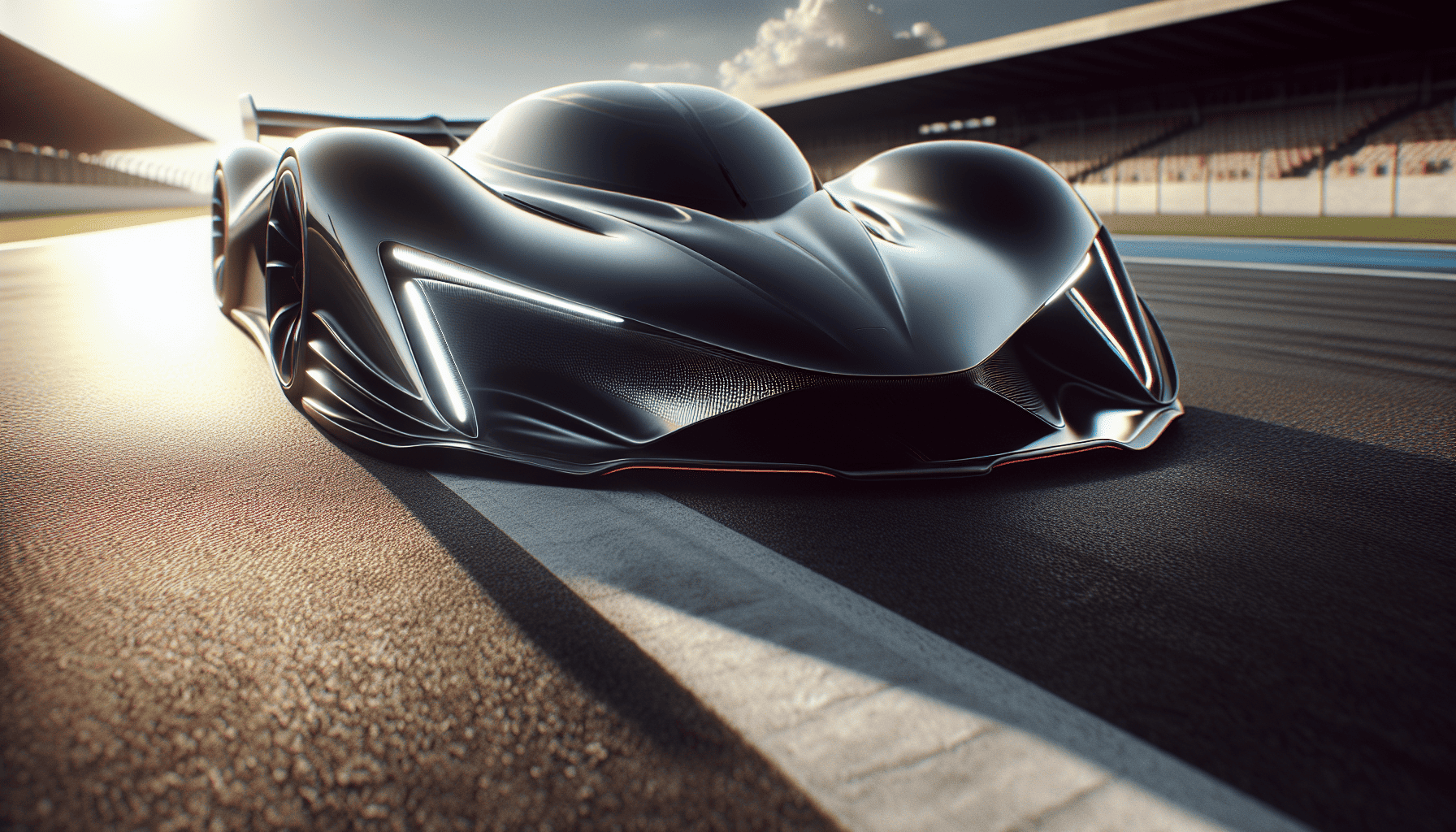In the realm of modern engineering, the term "aerodynamics" has become synonymous with cutting-edge innovation and technological advancement. Today's aerodynamics go beyond mere design; they are a critical factor in enhancing the performance and efficiency of vehicles, from sleek sports cars to fuel-efficient family sedans.
At the core of advanced aerodynamic design is the goal of reducing air resistance, or drag, which in turn improves fuel efficiency and acceleration. By optimizing the shape and flow of a vehicle, engineers can ensure that it slices through air with minimal turbulence. This not only conserves energy but also enhances speed, offering drivers a more dynamic experience on the road.
The use of computer-aided design and computational fluid dynamics simulations allows engineers to experiment with intricate designs that were once unimaginable. These tools enable the precise analysis and refinement of aerodynamic components, such as spoilers, diffusers, and air dams, which are strategically integrated into the vehicle's body. Furthermore, active aerodynamics, which include components that adjust in response to speed and driving conditions, are becoming increasingly common. These systems ensure optimal aerodynamic performance at all times, adapting to the driver's needs instantaneously.
Moreover, the importance of aerodynamics extends beyond performance improvements. With increasing environmental awareness and the push towards reducing carbon emissions, aerodynamic efficiency also plays a pivotal role in making vehicles more environmentally friendly. By decreasing drag, aerodynamic advancements reduce the energy required to drive the vehicle, leading to lower fuel consumption and fewer emissions. This benefits not just the individual driver but contributes positively to broader environmental goals.
In the world of motorsports, where every millisecond counts, advanced aerodynamics can be the deciding factor between victory and defeat. The continuous evolution of aerodynamic designs in racing has pushed boundaries and led to innovations that eventually trickle down to consumer vehicles.
In conclusion, the integration of advanced aerodynamic design in modern vehicles signifies a crucial step towards bridging performance with sustainability. It embodies a blend of art and science, shaping the future of transportation. As these designs continue to evolve, we can expect vehicles that are not only faster and more efficient but also kinder to the planet. Whether on the race track or the highway, advanced aerodynamics is paving the way for a new era of driving excellence.
